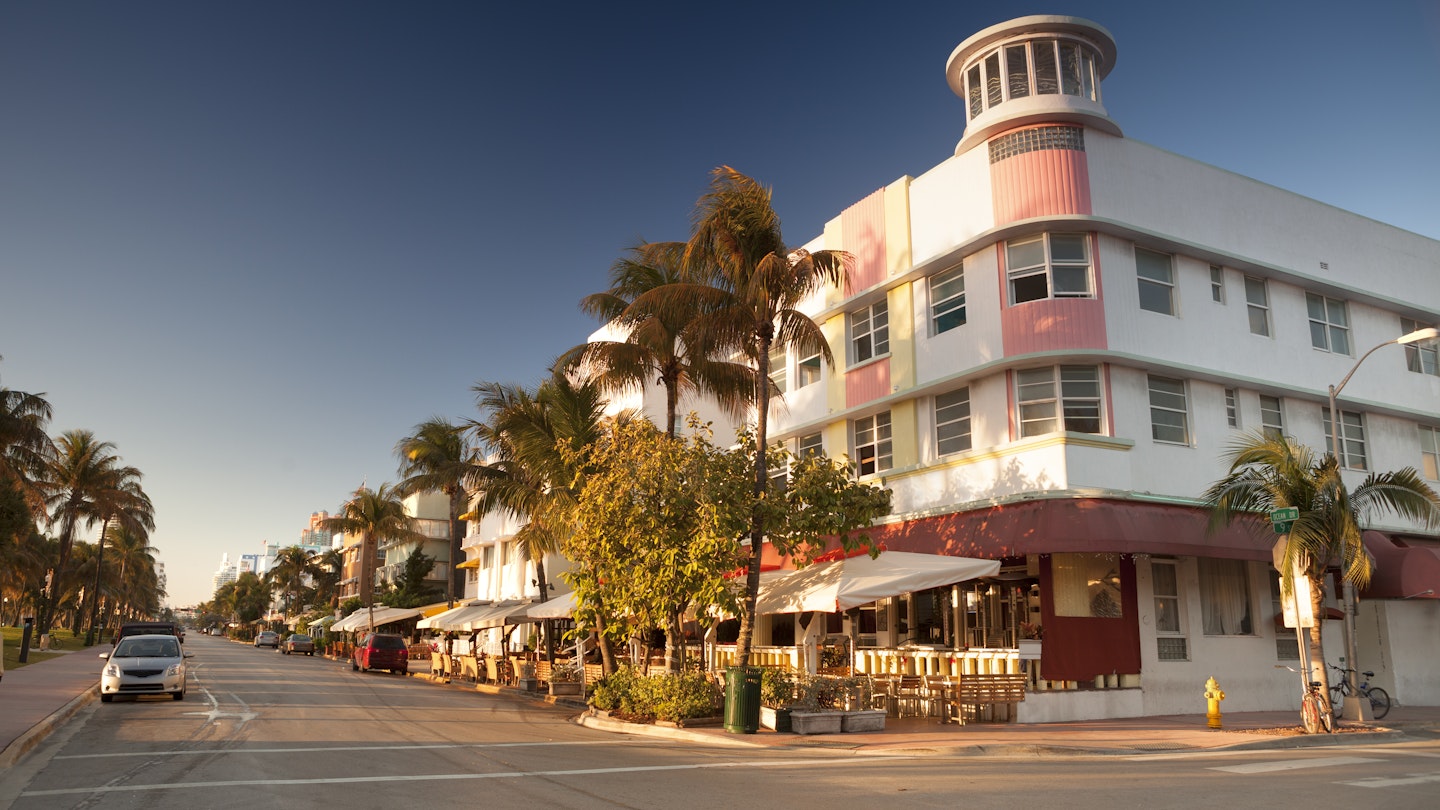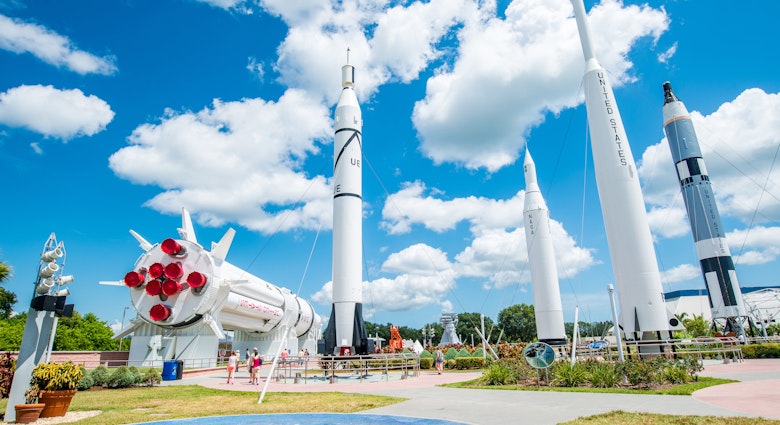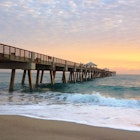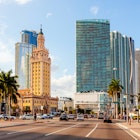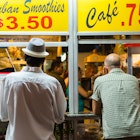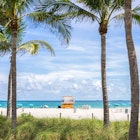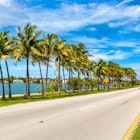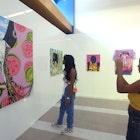LaToya has come to Miami’s South Beach district to celebrate her 21st birthday.
She’s dressed the part in a body-hugging chartreuse halter with matching wide-leg chinos, the curves of her body contrasted by pointy-toed stilettos in a vibrant lemon. Tight, tidy braids dyed to match her shoes sweep over her head, accentuating cheekbones that appear man-made. “You only turn 21 once, right?” LaToya tosses her head back and lets out a giddy laugh, revealing a petite diamond twinkling from an incisor.

South Beach, with its long, sunlit days and pristine public beach, seems to revel in a party mentality. LaToya and her girlfriends thought the small island’s vibe would provide the perfect backdrop for the fete. And she’s right – that facet of South Beach’s culture is always on show, drawing travelers since the turn of the 20th century.
“On show” is a good descriptor of SoBe, as it’s known. At night, the pastels of historic Art Deco structures shift to a kaleidoscope of neon. Beach-facing venues compete to pull in passing pedestrians. Tourists go joyriding up and down the block in low slung, door-less shuttles. South Beach is like a Disneyland for good-looking adults.
Related content Shake it up at Miami’s best cocktail bars
A ‘billion-dollar sandbar’
South Beach conjures images of the high life. The year-round warmth, long sloping beachfront, and lack of high rises fosters an unabashedly chill pace. But while the locals might make it look easy, this miniature paradise has been hard-won.
A century ago, there was no beach at all, just mosquito-infested swampland. But the nouveau riche saw South Beach’s potential and envisioned it as a playground for the one percent. Large single-family homes soon dominated the oceanfront, and wide boulevards were laid out for private automobiles. This feature was particularly ostentatious as most Americans still used horse drawn carriages – cars were seen as extravagant toys.
The Great Miami Hurricane of 1926, also referred to as “The Big Blow,” demolished most of these buildings, and tore up miles of barely used roads. Most of South Beach’s inhabitants were transplants and had little knowledge of the destruction the sea could bring. They were perilously ill-prepared, and so were the structures they built.
The storm was a harbinger of more troubles to come; three years later the nation fell into the Great Depression. Just as quickly as the newly minted millionaires had come, many were soon gone. Palatial residences had been swept to the sea, and bank accounts had run dry.
Related content Miami vs Miami Beach: a local’s take on two cities

Redesigned for the 99 percent
South Beach sought new patrons amongst the middle class, creating the SoBe we know today.
Efforts to rebuild the area with more cost-conscious visitors in mind could be seen most clearly in the new hotels. To save material costs, sand from the nearby beach was used in concrete mixes. The majority of buildings were built fewer than three stories tall in order to forgo the costs of an elevator.
Today, visitors delight in seeing these hotels’ façades cheek-to-cheek, each with its own architectural details revealing whether the building is pure Art Deco, streamlined moderné, or MiMo (Miami Modern). Laying out the buildings in this way yielded cost savings – only the narrow front of the building needed to be eye-catching. The rest of the shoebox-shaped structure retreated from view, bound on both sides by other properties. SoBe retained its glamorous air but had become drastically more affordable.
The Art Deco tour by the Miami Design Preservation League is a good experience if you want to learn more about South Beach's architectural history.
Related content Exploring South Beach
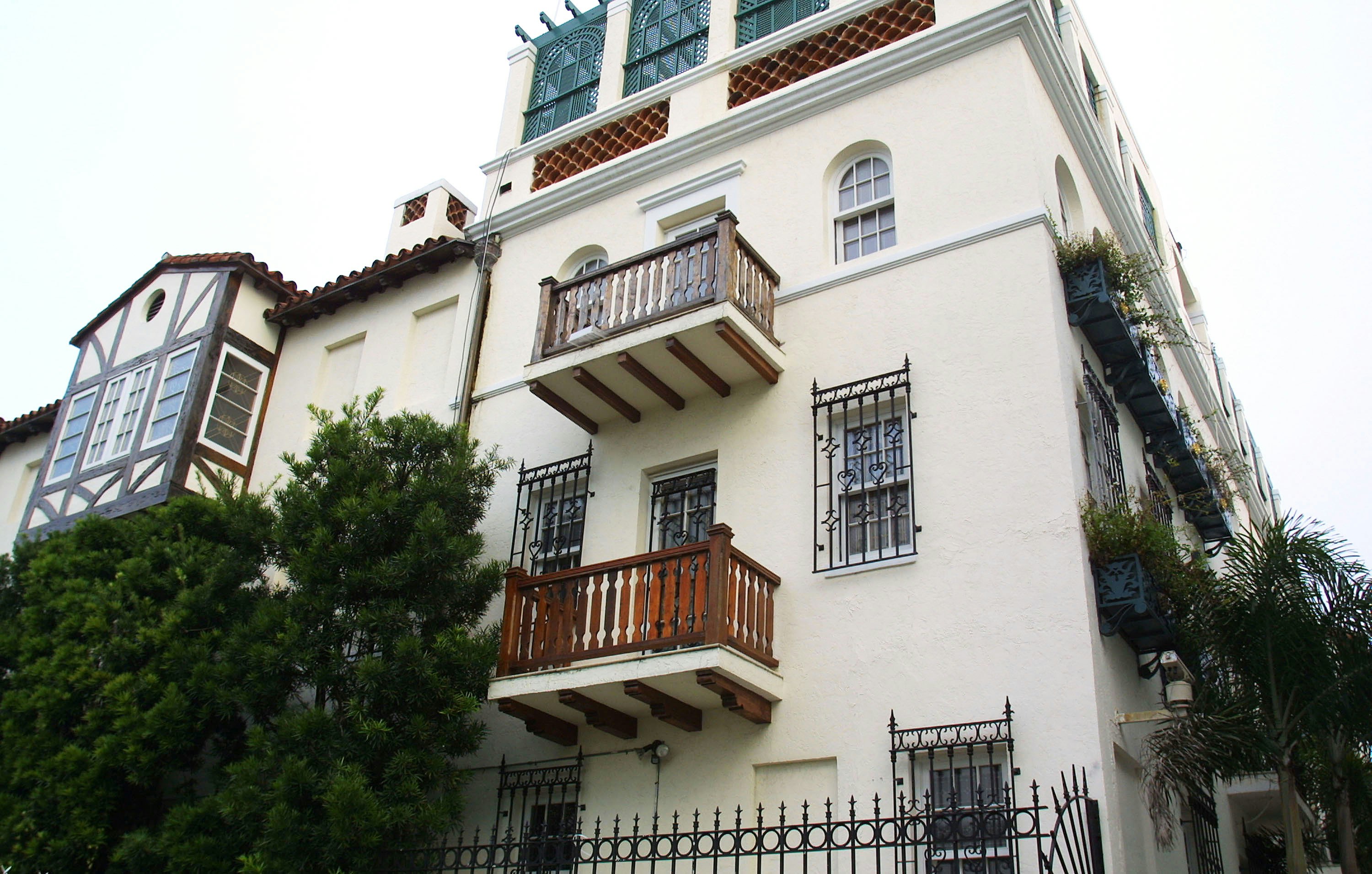
Planners try to ‘wow’ while controlling costs
The designers and builders who made South Beach utilized a host of techniques to maintain South Beach’s hard-won prestige. Sidewalks were all painted red to give a sense of walking on the metaphorical red carpet. Different architectural styles and embellishments were selected for their cache and elegance. Mediterranean revival was seen as particularly luxe, as it was associated with homes only the rich could afford.
Built in 1925, one of the first properties to use this style was El Paseo. Set one block off the main drag of Ocean Boulevard, it has characteristic elements such as tile roofs, rounded archways, and balconies with striped awnings. With a briny breeze coming off the Atlantic, visitors might mistake Miami for Côte d'Azur.
Another iconic representation of Mediterranean Revival is the mansion of the late designer Gianni Versace. Today the property is a luxury boutique hotel; many of the rooms have been kept as Versace originally designed, complete with intricate ceiling murals. The first floor is home to a fine dining Italian restaurant, aptly called Gianni’s.
Related content How to spend a perfect weekend in Miami

Efforts to control costs but maintain a “wow” factor continued inside the hotels. Stepping inside the building, the lobbies were modest in size, allowing for more area to be allocated for revenue-generating rooms. Higher end properties, like Hotel Victor, might try to impress visitors with a double-height ceiling.
To add style and elegance to the lobby, almost all hotels built during the boom of 1935-1941 had a bespoke mural. The majority of these murals, allegedly some 300 or more, were done by one man; an entirely self-taught artist in his mid-20’s named Earl LaPan. One of the best examples of LaPan’s few remaining works can be found floating above the lobby of Hotel Victor. His works reinforce a sense of place and local history, incorporating south Florida flora and fauna.
One of the youngest major districts in the United States, South Beach has already gone through several reiterations, dramatically changing its makeup. Through a century of changes, it has held on to the best parts of how different people envisioned the place.
